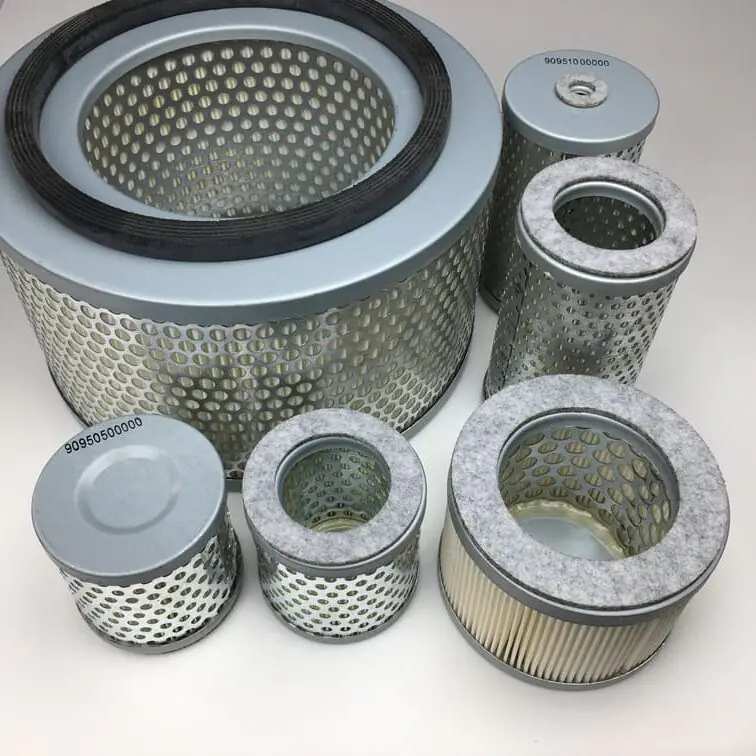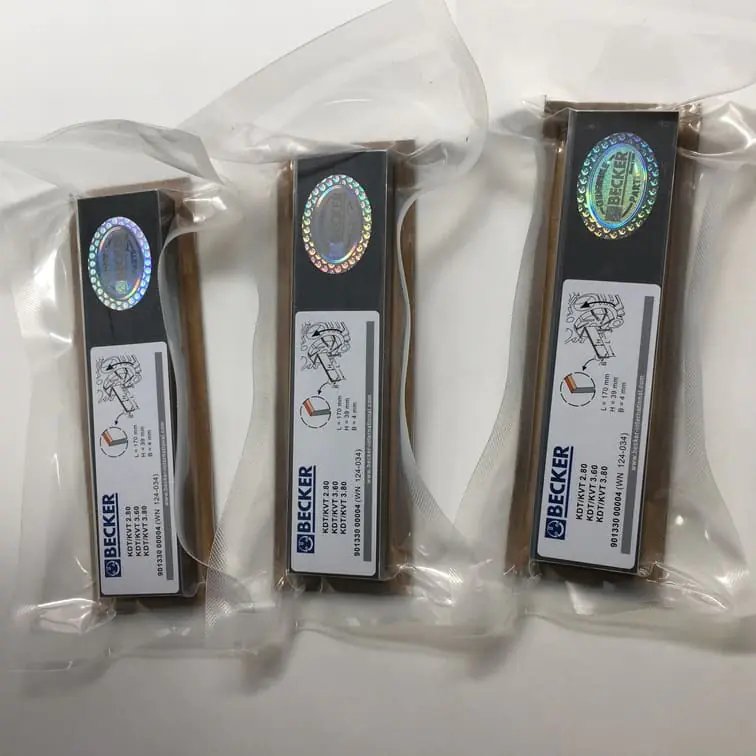How to Vacuum with an Intex Pool Pump
Keeping your swimming pool clean can be a relaxing and rewarding part of pool ownership. For those using an Intex pool pump, learning how to vacuum with an Intex pool pump can make pool maintenance much simpler. This detailed guide will help you understand how to effectively vacuum your pool using an Intex pump, including equipment you need, step-by-step instructions, and troubleshooting tips.
1. Why Vacuuming Your Pool Is Important
Keeping your pool free from debris and dirt is essential for several reasons:
- Health and Safety: Dirty pools can harbor bacteria and algae that may pose health risks. Regular cleaning ensures that the water remains clean and safe for swimmers.
- Pool Longevity: Debris can lead to wear and tear on your pool liner, walls, and filters. Keeping it clean extends the life of your pool equipment.
- Water Clarity: A clean pool is not only safer but also more visually appealing, making swimming a more enjoyable experience.
By using your Intex pool pump properly, you can efficiently maintain your pool’s hygiene and clarity.
2. Equipment Needed to Vacuum with an Intex Pool Pump
Before you start vacuuming, make sure you have all the necessary equipment ready. Here’s what you will need:
- Intex Pool Pump: Ensure your pump is in good working condition, as it will provide the suction power needed to vacuum the pool.
- Vacuum Head and Telescopic Pole: The vacuum head attaches to a telescopic pole, allowing you to reach all areas of the pool.
- Vacuum Hose: A hose to connect the vacuum head to the inlet port of the pool pump.
- Skimmer Adapter Plate: This is used to connect the vacuum hose to the pool skimmer, allowing the pump to pull water through the hose.
- Leaf Trap or Skimmer Basket: Optional but highly recommended, as it helps catch large debris before it reaches your pool pump.
Having the right equipment will ensure that the vacuuming process is smooth and effective.
3. Setting Up Your Intex Pool Pump for Vacuuming
The first step in vacuuming with your Intex pool pump is setting up the equipment correctly:
Step 1: Turn Off the Pump
- Always start by turning off the pool pump. This is for your safety and to prevent any damage to the pump.
Step 2: Assemble the Vacuum
- Attach the vacuum head to the telescopic pole. Secure the connection properly.
- Connect the vacuum hose to the vacuum head. Make sure it is tightly attached to prevent leaks.
Step 3: Prime the Hose
- Before connecting the hose to the pump or skimmer, it is crucial to prime the vacuum hose to remove any air. You can do this by holding one end of the hose against a return jet until bubbles stop coming out of the vacuum head.
Step 4: Connect to the Intex Pool Pump
- Attach the other end of the vacuum hose to the inlet port or skimmer, depending on your pool setup. If using a skimmer, place the skimmer adapter plate over the basket, and insert the hose.
- Make sure all connections are tight to maintain the suction power of the pump.
4. How to Vacuum Your Pool Using an Intex Pool Pump
Once the setup is complete, you are ready to start vacuuming your pool:
Step 1: Turn On the Pump
- Turn on the Intex pool pump. The pump should now start drawing water through the vacuum head, allowing you to begin cleaning.
Step 2: Move the Vacuum Head Slowly
- Slowly move the vacuum head along the floor of the pool. Ensure you overlap areas slightly to pick up all debris.
- Use deliberate, slow movements. Moving too quickly will stir up debris, making it harder to vacuum effectively.
Step 3: Keep an Eye on the Filter Pressure
- While vacuuming, monitor the filter pressure gauge on your pool pump. If the pressure gets too high, it may indicate that the filter is becoming clogged with debris, and it is time to clean or backwash the filter.
Step 4: Vacuum the Entire Pool
- Continue vacuuming until the entire pool floor is clean. Pay extra attention to corners and areas with less circulation, as debris often accumulates there.
5. Common Issues When Vacuuming with an Intex Pool Pump
Here are some common challenges and how to resolve them:
- Loss of Suction: This may happen if there is air in the hose or if the hose connection is loose. To fix it, re-prime the hose or check all connections.
- Debris Stuck in the Vacuum Head: Large leaves or twigs can get stuck in the vacuum head, reducing suction. Clear out any large debris from the head.
- Clogged Filter: If the filter pressure rises rapidly, it may be time to backwash or clean the filter. This will restore the proper flow of water.
6. Benefits of Using an Intex Pool Pump for Vacuuming
Using your Intex pool pump to vacuum the pool comes with several advantages:
- Cost-Effective: Instead of purchasing a separate vacuum unit, utilizing the Intex pump is budget-friendly.
- Efficient Cleaning: The strong suction of the Intex pump ensures that dirt, algae, and small debris are removed effectively.
- Ease of Use: The vacuuming process with an Intex pump is straightforward, requiring minimal tools and setup.
7. Tips for Efficient Pool Vacuuming
To get the most out of your Intex pool pump, follow these tips:
- Clean Your Filter Regularly: Keeping your filter clean will ensure optimal suction power during vacuuming.
- Vacuum Regularly: Consistent cleaning prevents buildup and reduces the need for more intensive maintenance.
- Use a Leaf Trap: Adding a leaf trap between the vacuum hose and the pump will help prevent large debris from clogging your pump.
8. Maintaining Your Intex Pool Pump
To keep your Intex pool pump functioning effectively, regular maintenance is essential:
- Check Hoses and Connections: Make sure all connections are secure and that hoses are free from cracks or holes.
- Monitor Pump Function: Listen for unusual noises from the pump, which could indicate clogs or wear and tear.
- Clean Filter Cartridges: Depending on usage, clean your filter cartridges every few weeks to keep them in good shape.
9. How Often Should You Vacuum Your Pool?
Vacuuming frequency depends on several factors such as the pool’s surroundings, usage, and weather conditions:
- Weekly: For most pools, weekly vacuuming is ideal to keep it clean and prevent buildup.
- After Heavy Usage: If your pool has seen heavy usage or a storm has blown a lot of debris into it, it may require additional vacuuming.
- As Needed: Spot cleaning can be done whenever you notice visible debris in the pool.
10. Using an Intex Pool Pump for Different Pool Types
An Intex pool pump can be used for a variety of different above-ground pools:
- Inflatable Pools: These are often easy to vacuum due to their small size.
- Frame Pools: Frame pools with larger capacity might require longer hoses and a more methodical approach to vacuuming.
11. Safety Considerations When Vacuuming Your Pool
- Electrical Safety: Ensure that the pump is plugged into a grounded outlet and that all electrical connections are kept dry.
- Supervision: If children are around, make sure they are supervised during the vacuuming process.
- Avoid Wet Hands: Never operate electrical components with wet hands to prevent electric shock.
12. FAQs About Vacuuming an Intex Pool
1. What type of vacuum should I use with my Intex pool pump?
You can use a standard pool vacuum head with a telescopic pole and hose. Ensure the hose fits securely to the Intex inlet port.
2. How long does it take to vacuum an Intex pool?
It typically takes 30-60 minutes to vacuum an Intex pool, depending on the size and amount of debris present.
3. Why is my Intex pool pump losing suction while vacuuming?
This is often caused by air getting into the hose or a clog in the filter. Check for leaks and make sure the hose is fully primed.
4. Can I use my Intex pool pump to vacuum leaves?
Yes, but it is best to use a leaf trap attachment to prevent large debris from clogging the pump.
5. Do I need to backwash my Intex pump filter after vacuuming?
If the filter pressure increases, backwashing may be necessary to restore proper flow and efficiency.
6. How do I prevent air from getting into the vacuum hose?
Always prime the hose by filling it completely with water before connecting it to the skimmer or pump inlet.
Conclusion
Vacuuming with an Intex pool pump is a practical and efficient way to maintain your pool’s cleanliness. By following the step-by-step guide above, using the right equipment, and adhering to routine maintenance, you can ensure your pool stays clear, healthy, and enjoyable all summer long. Proper vacuuming not only improves the look of your pool but also extends the lifespan of your equipment and pool liner.




